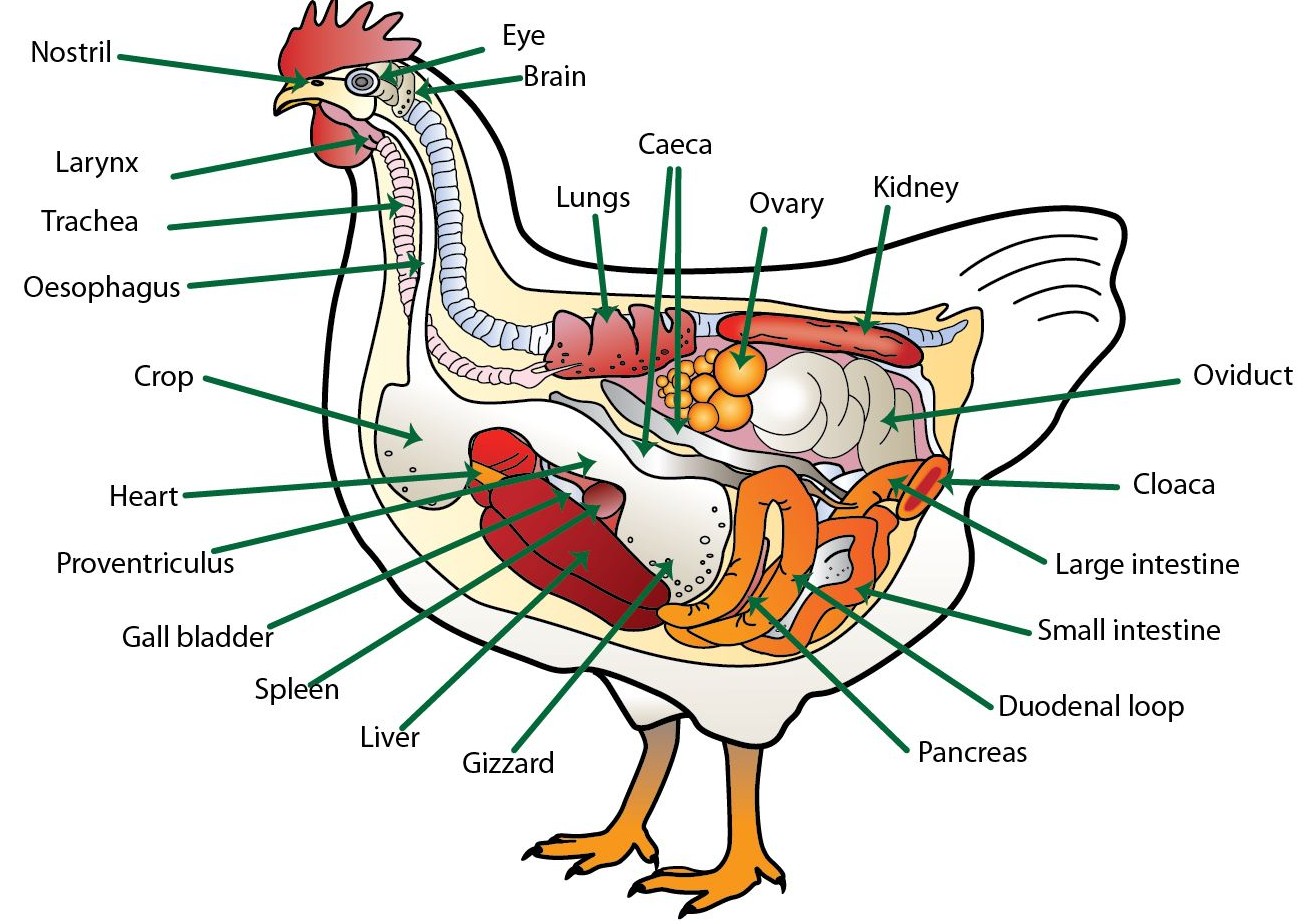the Vet was treating her for an Inner Ear Infection, as she was leaning towards that as first step of treatment - although she checked her out and said overall she looked great.
To look inside the ear, look behind that tuft of feathers (RED arrow), there is an ear canal - it should look clean (free of debris, yellow waxy/pus and/or mites).I guess I misunderstood your "Crop" comment on your prior message - not sure how to check her crop, but I will look at how to - and will document for a few days
Just in case you're wondering (GREEN arrow) is the earlobe

For a crop check. The crop is located on the right side of the chicken near the breast.
Do a comparison between her and the others. When they have been eating/drinking, you should be able to run your hand down the right side (front) and feel a bulge - that's where the crop is - you'll feel food in there! The crop is essentially a pouch that holds food that's waiting to move to the gizzard. When they go to bed, chickens usually have a full crop, the crop should empty completely overnight. If it's not empty in the morning before eating/drinking, then there's a problem.
She looks quite perky to me! If she's coming out of molt, that could be part of what you are seeing - I'm not dismissing your concerns - you see her all the time and it's easier for a keeper to spot something "off". Molting can be very hard on some of them and I do feel they benefit from extra vitamins and protein. That's where I would start.









